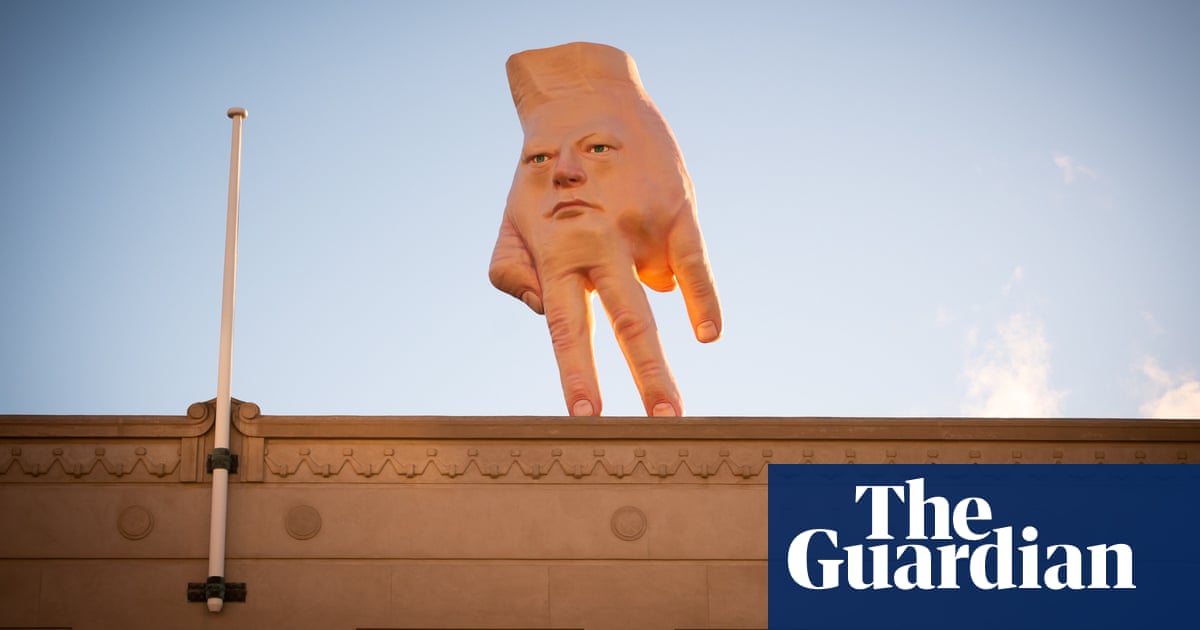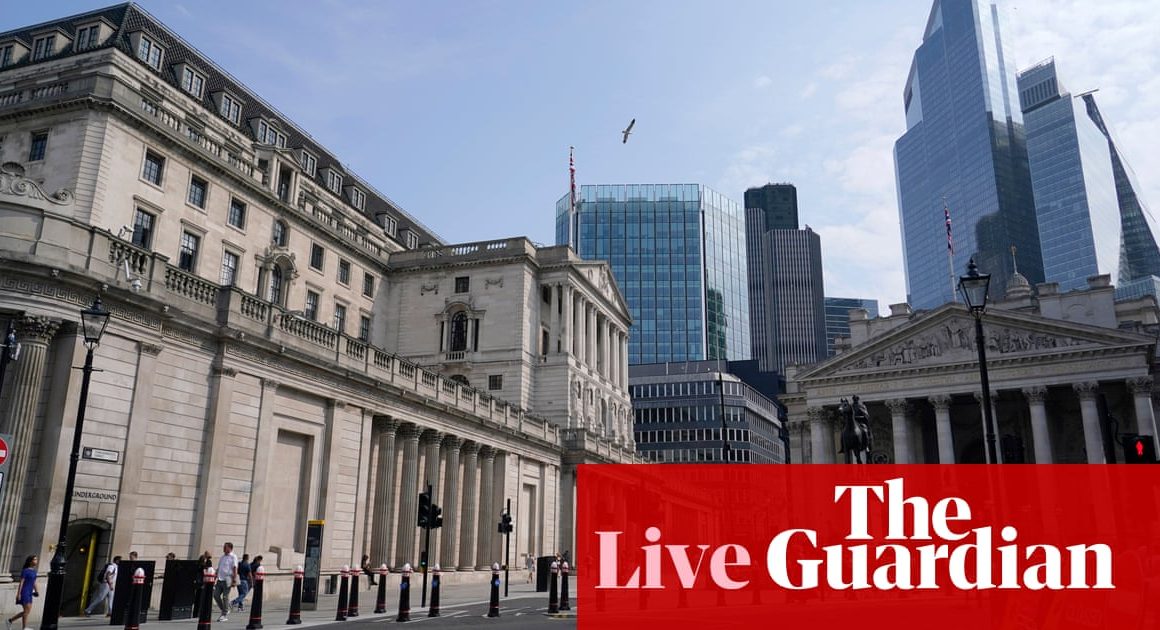A giant sculpture of a hand with a disapproving face that has ominously presided over Wellington’s civic square for five years will soon wave its final goodbye to the city, prompting relief from the capital’s mayor and sorrow from those who came to love him.
The work, called Quasi, is by Melbourne-based New Zealand artist Ronnie van Hout, who made the “partial self-portrait” to sit in his home town of Christchurch after the devastating 2011 earthquake. The polystyrene and resin sculpture is also a reference to Quasimodo, from Victor Hugo’s Hunchback of Notre Dame.
Wellington mayor Tory Whanau said Quasi had generated plenty of conversation and curiosity in Wellington, and left a true mark on the city. “Quasi also showcased to us why it’s important to have diverse art and creative projects in our city,” she said. “That said, I’m looking forward to seeing Quasi head somewhere else for a change.”
Wellington central MP Tamatha Paul said many Wellingtonians were initially appalled by the sculpture and were disturbed by its unintended resemblance to former US president Donald Trump.
But Quasi had since “become iconic” for the city, and achieved its purpose as an artwork, Paul said. “People had quite strong views about it and I guess that’s probably the essence of art – being open to everybody’s different interpretations, and the love and the hate that people had for it.”
Quasi spent three years atop the Christchurch Art Gallery, before relocating to Wellington. One Christchurch art critic was so incensed with its presence, he felt compelled to list 10 reasons why it should go, including that the sculpture’s ring finger “appears to be inappropriately and belligerently pointing at pedestrians and office workers”.
His arrival in the capital in 2019, to sit above the City Gallery Wellington, elicited a polarising response, with some residents labelling the sculpture a “nightmarish fever dream” or a “hideous malevolent being”, and others believing it would draw people to the gallery.
“Everything comes to an end eventually,” van Hout told Associated Press. “I am sure it will be missed, but even Lovecraftian nightmares have to return to where they came from, and now you only have an absence to reflect on.”
Quasi will depart on Saturday in the same way he arrived – helicoptered over the city like a sinister deity – where he will eventually be transported to an undisclosed venue in Australia, the gallery said in a statement.
Like his namesake, Quasi was “misshapen and misunderstood, he was hated by the people but turned out to be a great tragic-romantic hero – a beautiful soul,” the gallery added.
The gallery’s Judith Cooke said it had been a privilege to home Quasi “who has had a huge impact on Wellington, generating vigorous discussion about art, in keeping with the gallery”. “Quasi will continue to bring his big personality wherever he goes,” she said.
People writing on social media expressed either delight or devastation at his impending departure.
Some were happy to hear the “ridiculous” and “repulsive” sculpture was leaving.
Others wrote about how, initially disgusted with the addition to Wellington’s skyline, Quasi had grown on them, while a great many others expressed sadness.
“I’ll miss seeing your beautiful, but controversial, face,” one user wrote. Another said: “Quasi was such a perfect fit for keeping Wellington weird.”
Quasi caused a stir from day one, said Jane Black, the chair of the Wellington Sculpture Trust. “He will be missed and leaves a Quasi-shaped hole on our civic skyline.”










